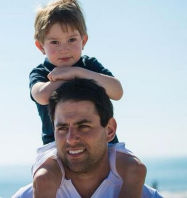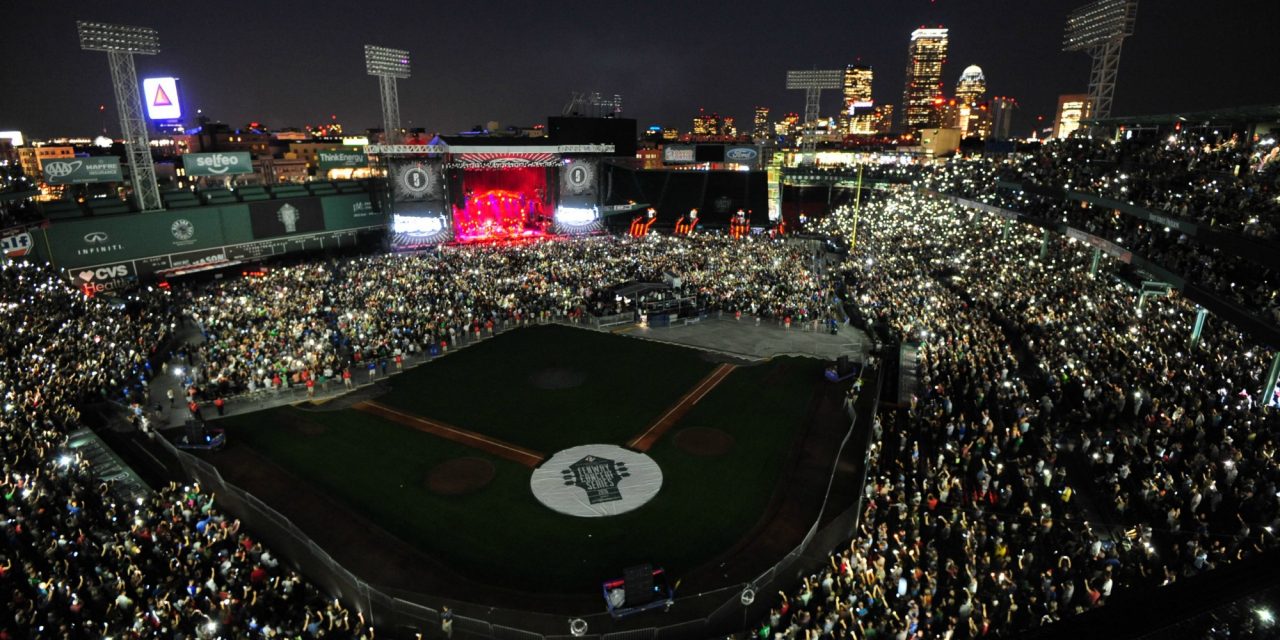Behind the Scenes of Production, with Live Nation’s Mike Marchetti
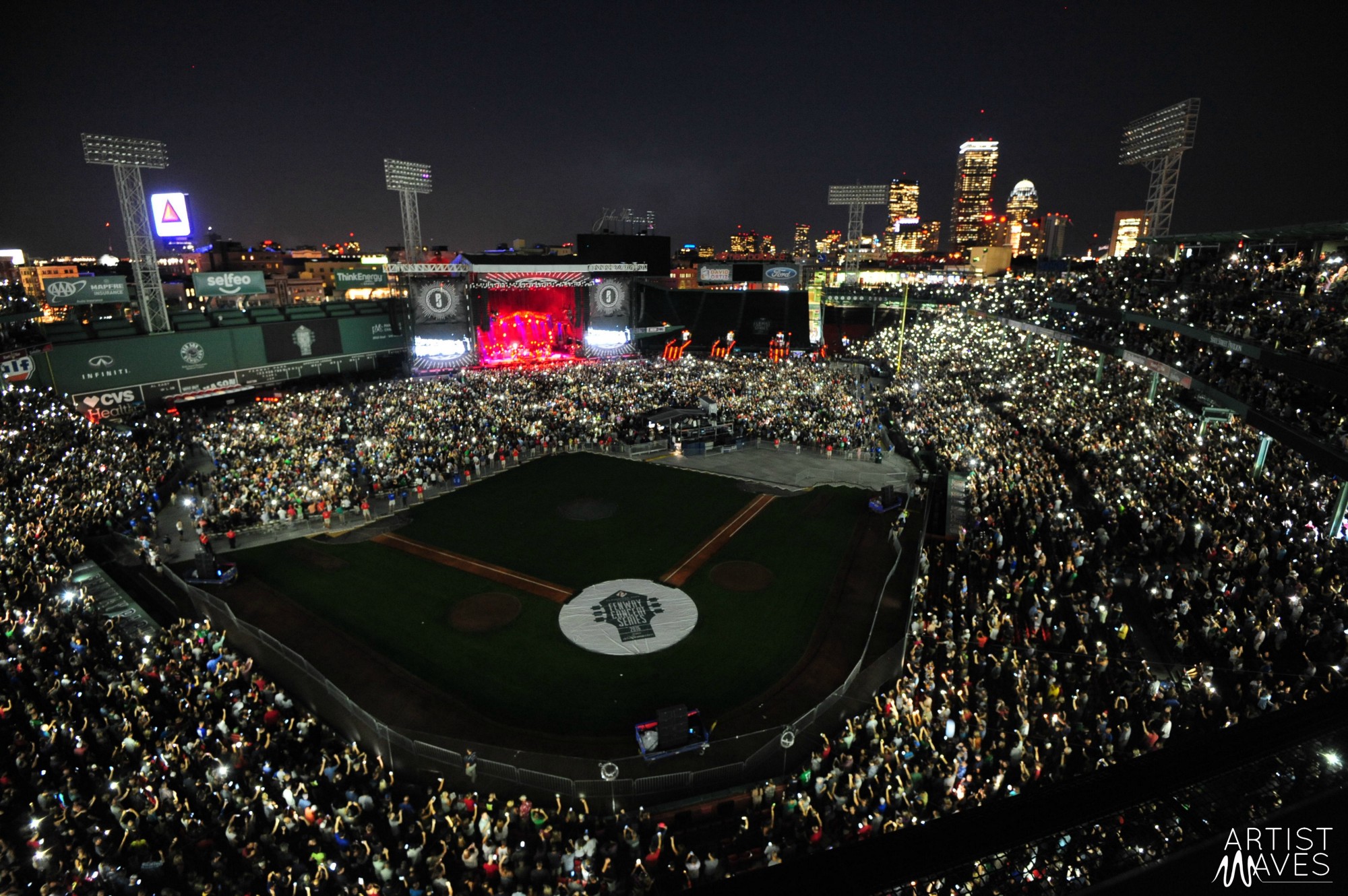
August 5, 2016, Pearl Jam at Fenway Park:
I was seated/standing/jumping/dancing literally right on top of second base at Fenway Park, in a section that allowed for folding chairs, to accommodate my wife who was pregnant with our twins (what a first concert!). As I looked up and admirably took in the 37,000 Boston Strong shine in beaming house lights, I was in complete awe. The pleasure of watching the crowd get so affected at a Pearl Jam show is an experience unto itself. What an incredible mirage, (even for a Yankee fan) to be physically standing in the middle of it all at a place like Fenway.
This year, intertwined within an 81-game baseball schedule, there are eight concerts at Fenway Park, 10 at Wrigley Field and three at Citi Field. Given the success of previous years, their landmark locations, and the history-laced summer setting, shows at MLB parks have become larger than life experiences. As a fan, you walk in the gate mesmerized the beauty that lays before you, and the access you have to it. You walk out on a high having paired that with an incredible artist. What you don’t see is the rigorous setup that occurred before you took your seat and the tireless effort put in when you leave in order to turn the park back into a field of dreams.
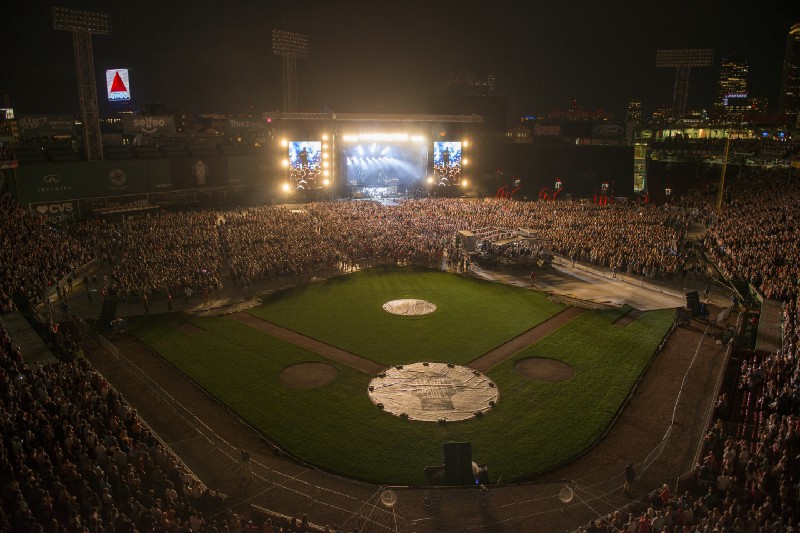
4 days, 275 people, approximately 50 trucks, 2,400 feet of bike racks, 60-ton cranes, 85,000 feet of flooring and a remarkable amount of attention to precise detail allowed me to capture that PJ/Fenway/second base moment of euphoria.
I recently spoke with Live Nation Production Director, Mike Marchetti, to go inside the details of converting a ballpark to an amazing concert venue:

~Mike Marchetti:
“Fenway Park and Wrigley Field have a magic that bands don’t experience anywhere else.”
My Background:
I went to Berklee College of Music for music production and engineering. After graduating, I worked as broadcast engineer. I had always wanted to be a sound guy on the road though. It was something I just had to do. I went to work for Show Co and I did not like it at all. I realized I wanted to go home every night. I came back to Boston and worked stage crew the opening year of what was then Great Woods (now Xfintiy Center) in 1986. I was then hired as the production manager at the Berklee Performance Center, where I would spend the next 13 years with some overlap at Great Woods. I was sent up to Harborlights in 1996 and was there up until two years ago. I was also the assistant production and site manager for all the Fenway Park shows through those years. In 2005, we took over the operation of all the theatrical venues in downtown Boston. All that’s left now is the Opera House under Don Law. I’m the production manager there in conjunction with Live Nation. In 2015, Tom Bates retired as production director and I was given that position.
Fenway Park:
Fenway is my place. I’m responsible for the whole concert production with my site coordinators, but we also have individual site managers that are responsible for certain areas. You can’t effectively oversee it all and have it happen in a timely fashion.
Shows at Fenway have a magic to them that you just can’t put to words. Fenway has a shorter center field so it brings the experience in a bit more compared to others.
Recently, an artist was approached to play Fenway who normally would not play stadiums. This artist started their career in coffee houses and traditionally plays venues the size of the pavilion. The concern was “how am I going to play to the people behind home plate?” I am good friends with her tour manager. He called me and said, “I don’t know about this.” I said, “I’m telling you, it’s magic out there and artists always feel engulfed in the audience. Everything felt in the small clubs back in the 70’s, you will feel in Fenway Park.” Sure enough, that’s exactly what happened. It’s amazing.
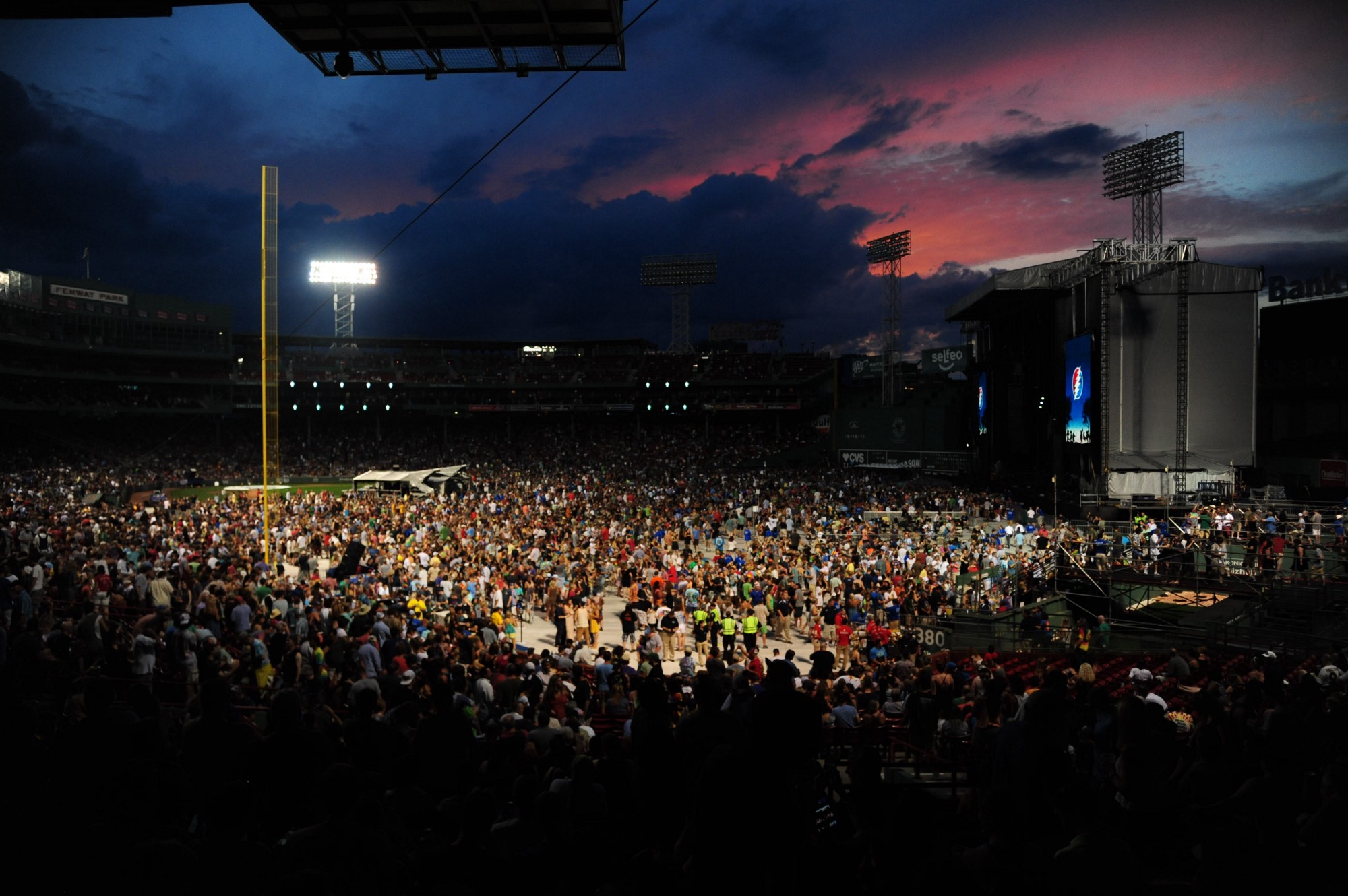
Landing a Ballpark Show:
The new ownership attached to Fenway is very focused on keeping the ballpark where it is. Now that we pulled off 11 shows at Fenway last season, they are confident in the concert capabilities at the park and I would assume that this would become a part of their business plan. Bands make their money touring. You have certain years where everybody is on the road. At the Blue Hills Bank Pavilion this year, they will have 50 shows in three months. That is unheard of in the history of that venue. It’s going to surpass the Xfintiy Center. If everyone is out looking for places to play, we can make that happen.
It all starts with our bookers putting schedules together and throwing out some ideas to agents. They then get with the managers and talk through it. The booker primarily designs the schedule and presents it to the artists. An artist may not think about playing Fenway at all. All of sudden they get a phone call saying “We think you can do this, the numbers have looked good over the past five years as far as attendance.” Sometimes there’s a back and forth in regards to feeling comfortable playing there. They negotiate, make it work for both sides and together they are making magic.
The Logistics:
At Fenway, we are advised as to who will be playing and we have to make it work. The schedule is dictated by road trips. We typically need three to four days in front of a production load-in day, that would be a day before the band puts on the actual performance, to put in a show in Fenway.
We are essentially turning Fenway into a short-term amphitheater. It’s a basic stage that works in a ballpark and for most artists. We look for artists who can ideally sell two shows. If not, we look to have the artists pair up so there are two on the bill. It helps to amortize expenses over two artists and is more palatable. It also allows them to make a fair amount of money. A few years ago, we were really trying to get Prince in Fenway. Looking at the schedule, we were shooting for early May and they wanted us to do it in two and half days. I told them we could not guarantee it. The time-frame we lay out is without weather being a factor. So, what dictates a show really solidifying schedule-wise is how much time we have to do it.
With Dead & Co. this June for example, there is a night game on Tuesday and then we have to load in on Wednesday and do the show on Saturday. It will be pretty tight.
Production Preparation:
For us, preparation for this summer started in January. The dates were solid, seating maps were built, site plans were drawn-up and our biggest concern then is securing a stage. There is one particular staging company that works great in ballparks that we use. They have also now been used at Wrigley and Citi Field. The routing so far has been OK, where we can all share the same staging company. After the stage, you have to make sure you have the generators. Then comes everything else — the chairs, the field cover that protects the grass and the crew.
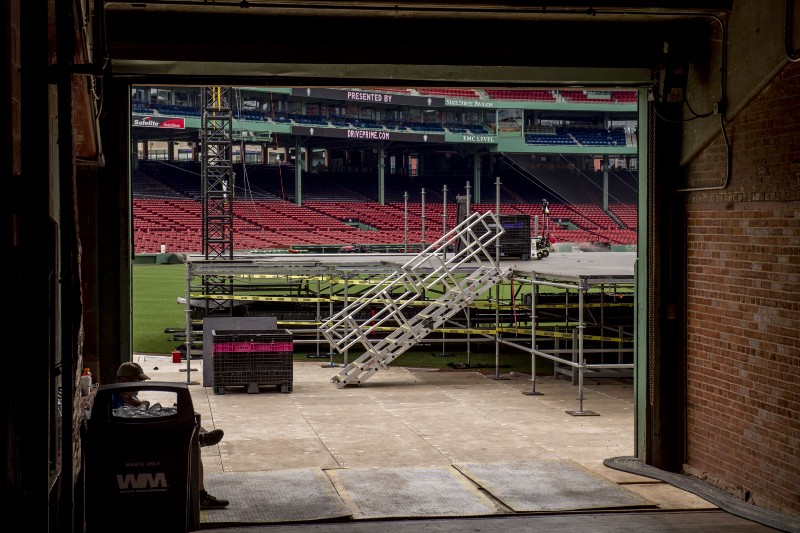
Week of:
To compare, at an arena level, the biggest shows are typically 25 truck shows (53 ft. tractor trailer). We’d start pre-rig at 3am, load-in all day long and we are ready for doors at 4pm. We’ll start load-out when the show ends around 10:30pm and will finish by 5am. It’s usually about a 16–24-hour period, regardless of the act, when setting up a show at venue like the TD Garden. With that, we’ll see anywhere from 6–30 trucks.
When you move to the stadium level there is so much preparation that goes on before the band even arrives. Let’s say we have a Saturday show:
On Wednesday (Download and base-out day):
We will get onsite at 6am and prep the site for personnel. 16 forklifts would have been delivered the day before. The first thing we have to do is the protecting of the ballpark before anything comes in. A lot of the concourse, brickwork and pavement needs to get protected before we can bring any machinery or equipment. That all gets covered and the material comes in on about two or three semi’s. After that gets done, we move to protecting the warning tracks so we can drive cranes and forklifts in the ballpark. That process takes us until noon.
2pm — the staging trucks will arrive on seven semi-tractor trailers. We have to provide the steps that go over the bullpen in Fenway so that is also part of it.
We also build a catering compound in the triangle where the ballplayers get dropped off at Fenway and the TV trucks park. This is for the artists’ crew and local crew.
We get everything in, opened up and laid out the best we can on the first day so we can manipulate the cranes. The first day ends by 10 or 11pm.
Thursday:
The cranes come in at 7am and we start to build the stage, towers and steps over the bullpen.
We also bring in the flooring that covers the grass on this day. That’s about 85,000 square feet of product — white plastic to stand and put the chairs on. That gets stored temporarily and will get installed at 6pm the day before the concert so we can preserve the grass and minimize the amount of time that it’s on the grass.
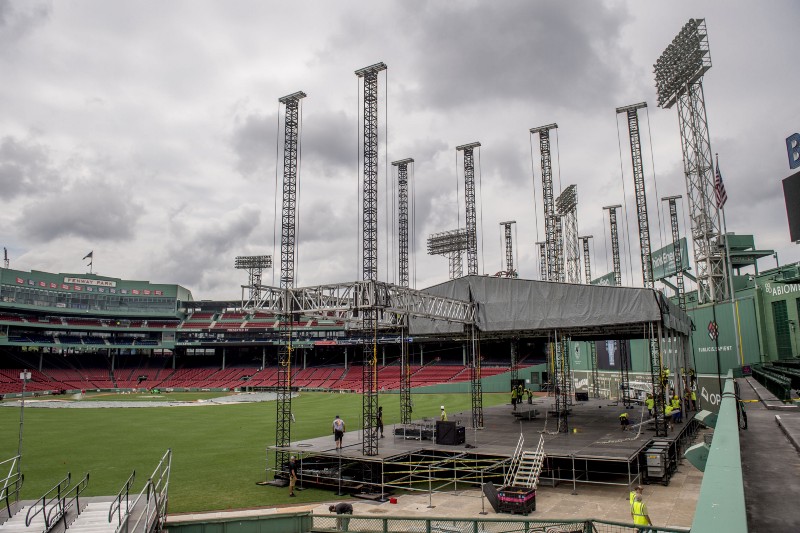
Friday:
We bring the generators in on the third day. Miles and miles of cables get brought in, over the green monster wall through the Gate C door so that we can set up our power transformers stage left and stage right for the band to plug into. The generators are two 36-foot twin packs, sized to the band and what their requirements are.
All the chairs come in and about 2,400 feet of bike racks to protect the infield and handicap accessible sections.
We’ll build the stage, which takes two 60-ton cranes. That’s the towers and the roof system. We are up to 25 tractor trailers at this point. Once the roof is locked off, the band will come in. The roof has to be secure in order for us to rig the band’s equipment.
The band then comes in with usually around 10–12 tractor trailers of their own equipment. Their production equipment, lights and sound. The band typically arrives around 1pm and we will finish around 10pm the night before. In a venue like the TD Garden or an amphitheater, the band crew will show up at 8am, they’d be ready around 2pm for sound check and they’d play their show at 7pm.
One more truck comes in that will have the video screens that are left and right of the stage, and one small truck that will have delay speakers that go on the warning track, by first base, third base and home-plate.
The spotlights get put up in the suites, then at 6pm we’ll lay the plastic on the field to protect the grass. That takes until 2am. During that time, we can start to mark the floors. We have very precise seating maps.
The dressing rooms get setup with pipe and drape.
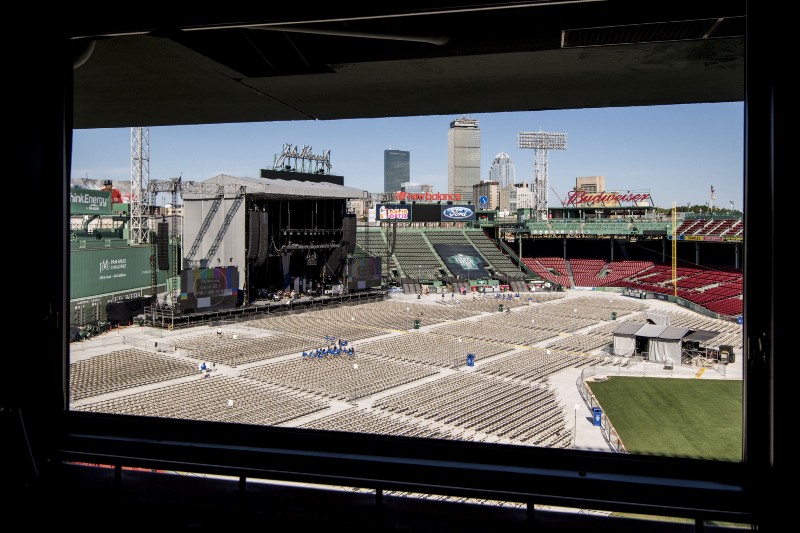
Saturday (show day):
6am — the crew comes up and sets up every chair and labels them.
By 2pm, we have all our fire inspections. Once we get signed-off on we are ready to go.
Doors typically open at 5pm.

Takedown:
The show ends around 10:30pm and the band will be gone by 2am. We need about 40 minutes from the end of the show for the audience to clear out. At that point, we can remove the bullpen steps, the chairs and the cleaning crew is cleaning off the white material. By 1am, we start removing the white plastic from the floors.
2am — the staging crew comes in and they start pulling the skins and lowering the roof. We are also taking down the dressing rooms and catering compounds at this time and will have the team’s locker room turned over and ready for them about three hours after the show finishes
6am — we bring in the big crew and the cranes
7am — all the white material is off the field and loading onto the trucks. The steps are down, spotlights are getting pulled down.
The bulk of the time thereafter is loading the gear back into the trucks or tractor trailers they came in on. We are off the field by 3pm and the trucks are completely loaded and ready to go by 6pm.
Here’s the crazy thing, all that prep and it’s basically a 24 hour process to complete the takedown and clear out. It’s all governed by the fact that there is usually a ballgame on Tuesday.
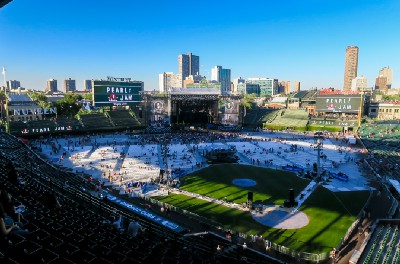
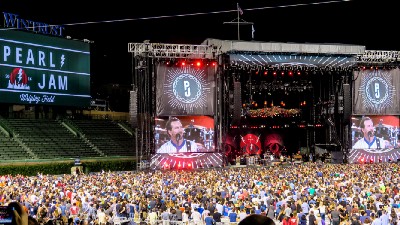
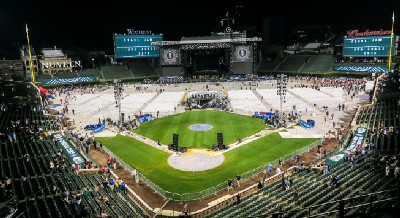
Working within the Schedule:
When we first started doing this and there was only one show a year, there were very specific details about how we did it every single time. Over the years, we’ve started to do somethings differently and challenged ourselves because we’ve had to given our timelines. We are constantly evaluating — what can we do this time that we couldn’t do last time? We look to develop a method that allows us not to lock in on that key thing that has to happen “now”. For the Dead shows this season for example, we are changing everything up. Mostly because we have one less day to get it ready. It’s the shortest prep time we’ve ever had so we to craft some overlap plans. The way we bring in the stage is the only aspect that we will be repeating.
The amount of shows the band has booked at Fenway also makes a big difference to our staff. If it’s just one show, we’ll finish just before doors on the day of the “only show” then three hours later, the same crew is breaking it down. Our productivity level is down because that crew is burnt. Like for James Taylor this year, we will be finished with the four-day setup around 4pm then starting the breakdown at 11pm. The nice thing about having a double show, meaning if there were two James Taylor nights and then another artist, is that there is a day off in between. A day off for us is a night you don’t have to do a load-out, but you have to be in at 10am the next morning.
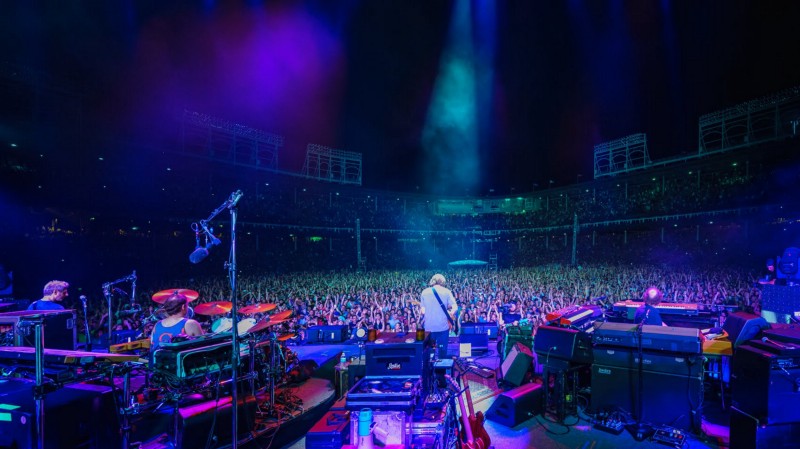
Staff at a Ballpark show vs. an Arena or Pavilion show:
It’s about 30–40% more staff at a show at Fenway. That’s not including the stage-hands that handle the band’s equipment, it’s all the ancillary people putting down the flooring, setting up the steps, catering, setting up spotlights and generators. There’s just more things to do that bring our numbers higher compared to production at any other venue. In total, for the average Fenway show, we will have a staff of about 275 people separate of the band’s crew and security. 275 is just local.
What Happens During the Show?
There is time to go out a hear your favorite James Taylor or Billy Joel song. If it’s an immediate load-out scenario you are constantly thinking about — are all our ducks in a row for what’s coming up? Me as the leader, I have to switch gears to think about the next phase, but at the same time remaining focused on keeping the crew on-track. Public safety is of the utmost importance. We are often communicating with the public safety staff about something minor that may be going on. Little things — that people don’t really see.
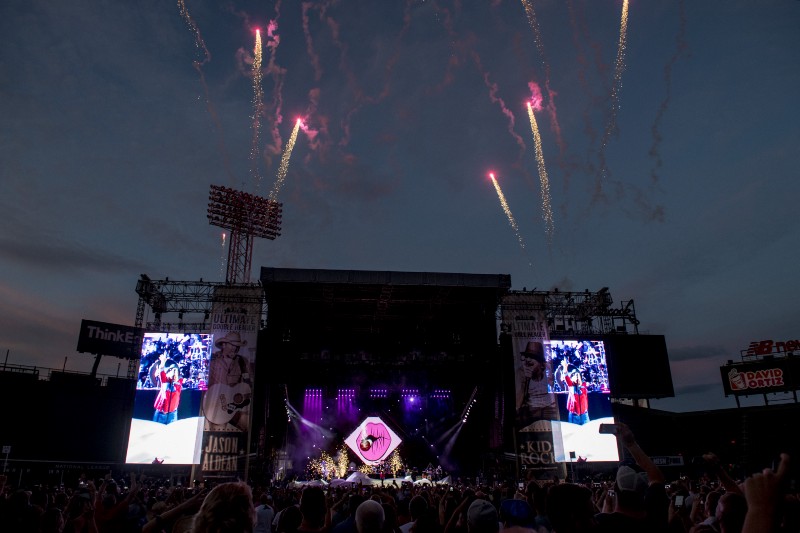
This Coming Season:
We’ll have a lot more fireworks and pyro this year then we’ve had in the past. That’s all dictated by the band. I’m a big fan of Billy Joel. I grew up in his hometown in Long Island. I am really looking forward to that show. I look forward more to the people that are coming. Over the years, you meet a lot of people and have a lot friends that come through every summer. It’s great to see them and to do a good job for them. It’s all about taking care of the artist. It’s no different than the restaurant business. Customer service is our top priority.
The Emotion of it All:
When the houselights go down and I hear 40,000 people scream, I get an excitement that I can barely explain. It makes it all worth it. That’s one of the reasons I got into the business. I wanted to be in the business because of those 40,000 people that are cheering. It sends you home thinking — Hey, we all did a good job.
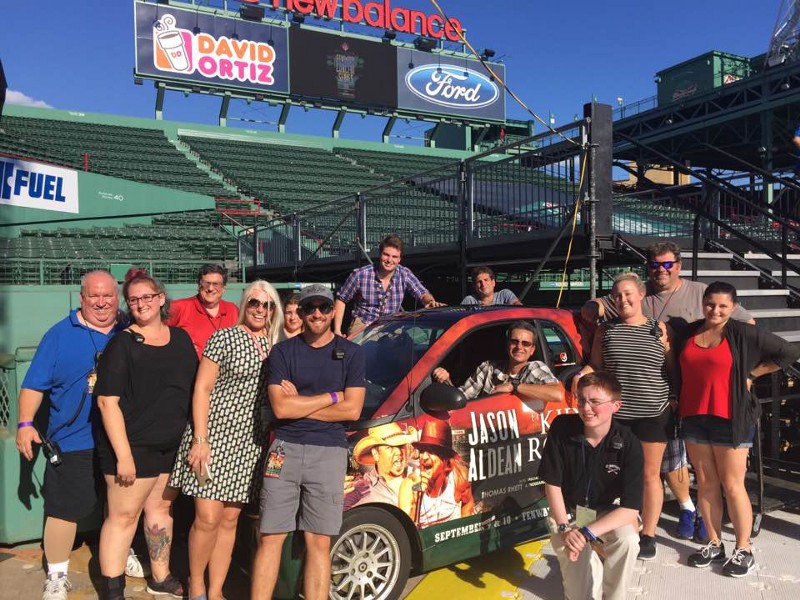
If you enjoyed, please recommend by clicking the heart below
In collaboration with/produced by Jeff Gorra
Follow Artist Waves on: Facebook, Twitter & Medium
~ follow Jeff Gorra | twitter @JeffGorra |JeffGorra@ArtistWaves.com
